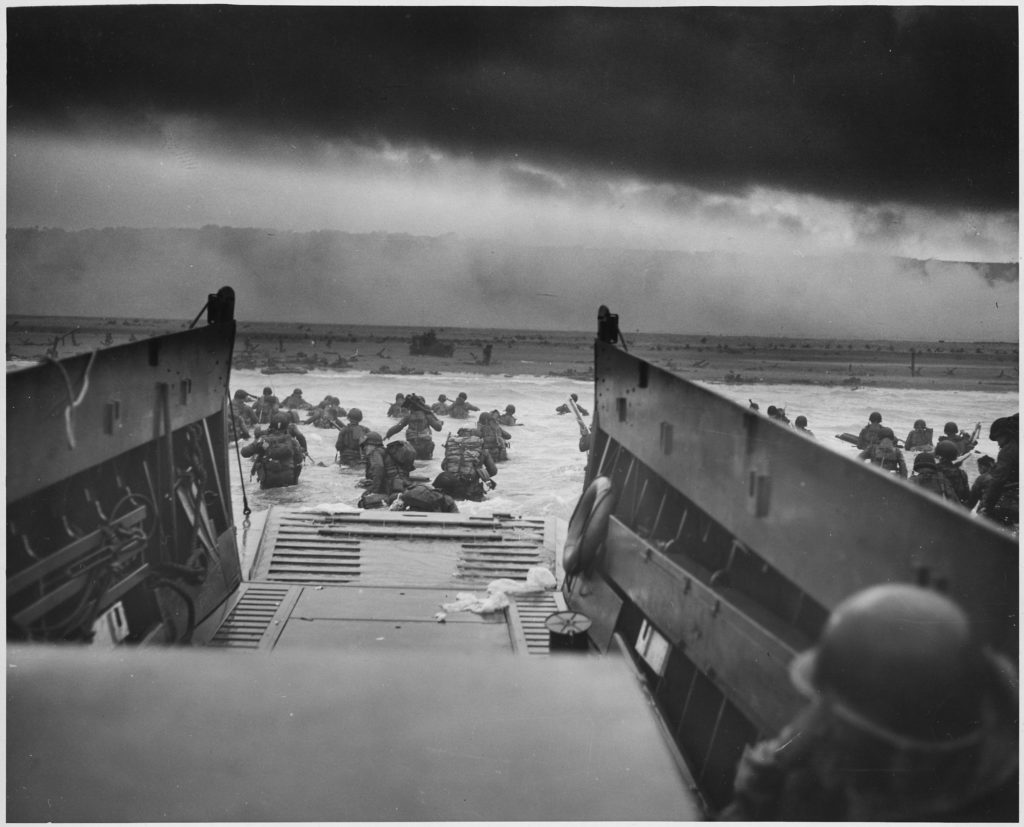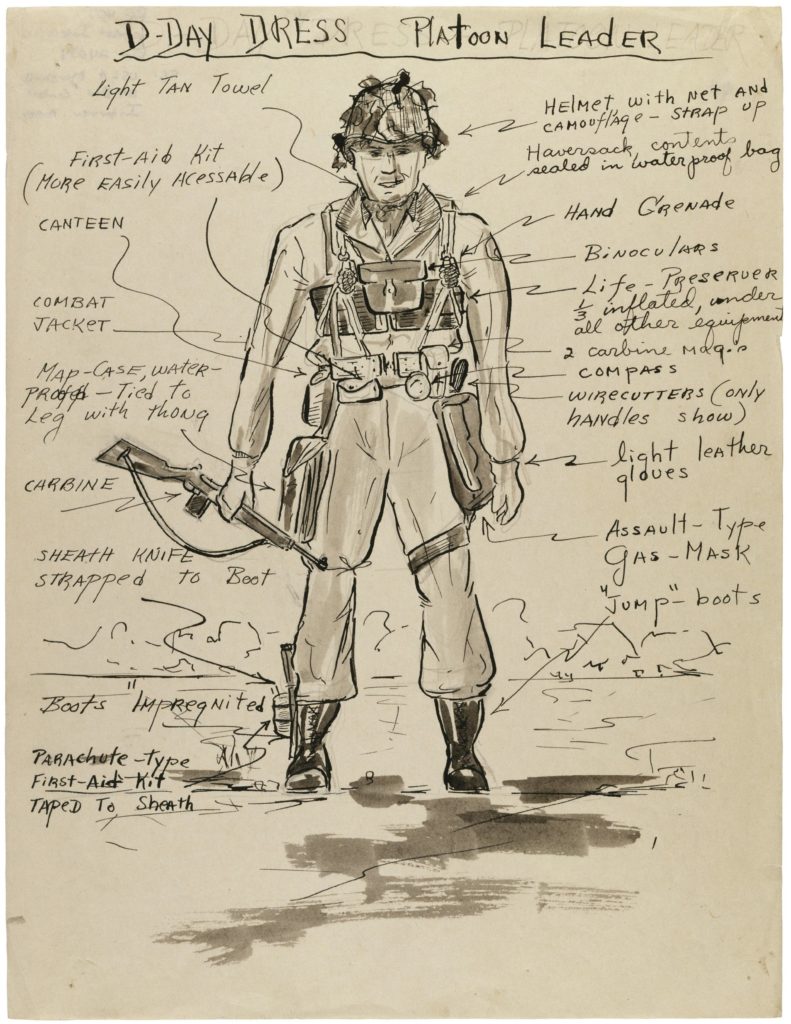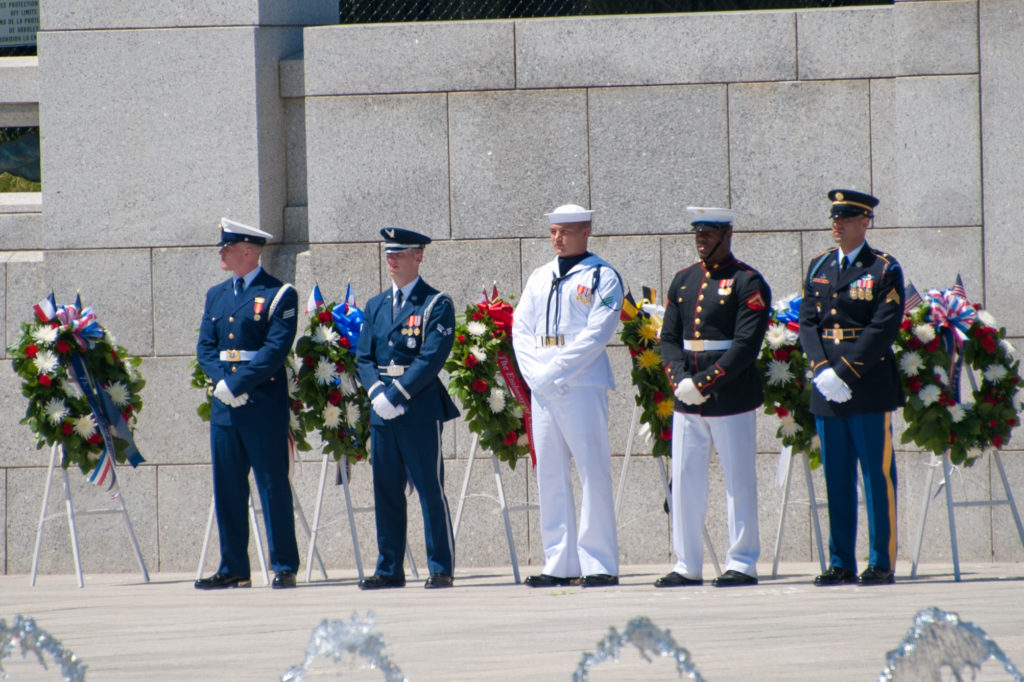
D-Day, one of the most significant events in World War II, marks an unforgettable chapter in the annals of history. It is a story of courage, strategy, and turning points that altered the course of a global conflict. This blog post will journey through the planning, execution, and impact of D-Day, shedding light on the importance of this watershed moment.

Planning the D-Day Invasion – Operation Overlord
The genesis of the Normandy Invasion, also known as Operation Overlord, dates back to 1943 when Allied forces decided to open a new front against the Axis powers (1). This meticulously planned operation aimed to liberate Western Europe from Nazi control, marking a strategic shift in World War II.
Several rehearsals, such as Exercise Tiger, were conducted to prepare for the actual event (2). As a remarkable example of military strategy and alliance, the planning phase is as intriguing as the invasion itself.
The plan for Operation Overlord was to land a large invasion force along a 50-mile stretch of heavily fortified coast in Normandy, France. Five beachheads were selected for the initial landings: Utah, Omaha, Gold, Juno, and Sword. Simultaneously, paratroopers were dropped behind enemy lines to secure vital routes and prevent the Germans from reinforcing the coastal defenses.
The operation faced several challenges, including bad weather, strong German defenses, and the logistical difficulties of transporting and supplying such a large force across the English Channel. Despite these obstacles, the Allies were able to establish a firm foothold in Normandy by the end of D-Day.

The Execution of D-Day: Storming the Beaches of Normandy
On June 6, 1944, over 156,000 troops from the United States, Britain, and Canada stormed the beaches of Normandy in northern France (3). They were divided among five beaches: Utah, Omaha, Gold, Juno, and Sword. The objective was to secure a beachhead on the Normandy coast from which further operations to liberate Western Europe could be launched
The assault targeted a 50-mile stretch of heavily fortified coastline divided into five sectors:
- Utah Beach: The 4th Infantry Division of the United States Army was assigned to Utah Beach. Their mission was to secure the beachhead and then move on to capture the Cotentin Peninsula to gain control of the port of Cherbourg. The landing at Utah Beach was relatively successful, with fewer casualties than expected.
- Omaha Beach: The American 1st and 29th Infantry Divisions were tasked with capturing Omaha Beach. They faced strong resistance from the German 352nd Infantry Division, resulting in heavy casualties. Despite the fierce defense, the American forces managed to secure the beachhead by the end of the day.
- Gold Beach: The British 50th (Northumbrian) Infantry Division landed at Gold Beach to capture Arromanches (an area in Normandy) and link up with the American forces at Omaha Beach. The troops at Gold Beach faced significant resistance but achieved most of their D-Day objectives.
- Juno Beach: The Canadian 3rd Infantry Division was assigned to Juno Beach. Despite delays and strong German defenses, the Canadians succeeded in penetrating further inland than any other landing force on D-Day.
- Sword Beach: The British 3rd Infantry Division, tasked with capturing Sword Beach, aimed to move inland to seize the city of Caen. While the initial landing was successful, the advance was stalled by German counterattacks, and Caen was not captured until several weeks later.
The amphibious invasion was a combination of air, land, and sea operations, marking it as the largest in history. Despite facing heavy German resistance, especially at Omaha Beach, the Allied forces managed to establish a foothold in Normandy.
The Aftermath and Impact of D-Day
The D-Day invasion turned the tide of World War II. It was the beginning of the end for the Axis Powers as it set the stage for the Allies to reclaim Western Europe.
Post D-Day, Paris was liberated by August 1944, and by May 1945, the Allies formally accepted Nazi Germany’s unconditional surrender (4). The Normandy Invasion highlighted the power of international collaboration in the face of tyranny, significantly influencing the geopolitical landscape of the post-war world.

Remembering D-Day
Understanding the history of D-Day is crucial as it symbolizes a significant victory for freedom and democracy. It demonstrates how nations united under a common cause can change the course of history, a lesson that remains relevant today.
From the planning stages of Operation Overlord to the actual invasion and its aftermath, D-Day is a testament to strategic planning, human bravery, and global cooperation.
As we delve into the annals of history, we pay tribute to the valor and sacrifice of those who fought on this day of days. The legacy of D-Day will continue to inspire generations, reminding us of our capacity to unite and overcome adversity.
Sources
(1) History.com Editors. (2021). D-Day. History.com.
(2) UK Government. (2021). Exercise Tiger: rehearsal for D-Day. GOV.UK.
(3) The D-Day Center. (2023). The Invasion Force. The D-Day Center.
(4) BBC. (2021). D-Day and the Battle of Normandy. BBC History.
Tags: #DDay #WorldWarII #NormandyInvasion



